SUSHI CHEF OKADA'S COMPLETE GUIDE OF "HABANORI"! VOL.2
<<< Last time, I told you about what kind of place the Habanori lives and what it looks like, and how it looks like Habanori. Nice to meet you from Vol.1!
「Vinegared rice shop Okada's thorough introduction! Vol.1 ~ Basic Ki-」
The aroma is like that feeling when you first smell dried wakame seaweed. It's reminiscent of aged Asakusanori, vintage Sri Lankan tea, kombu, dried plum, and other flavors, all with a hint of seaside essence. It has a unique bitterness and astringency, so it might be a love-it-or-hate-it kind of thing, but I think that's what makes it special.
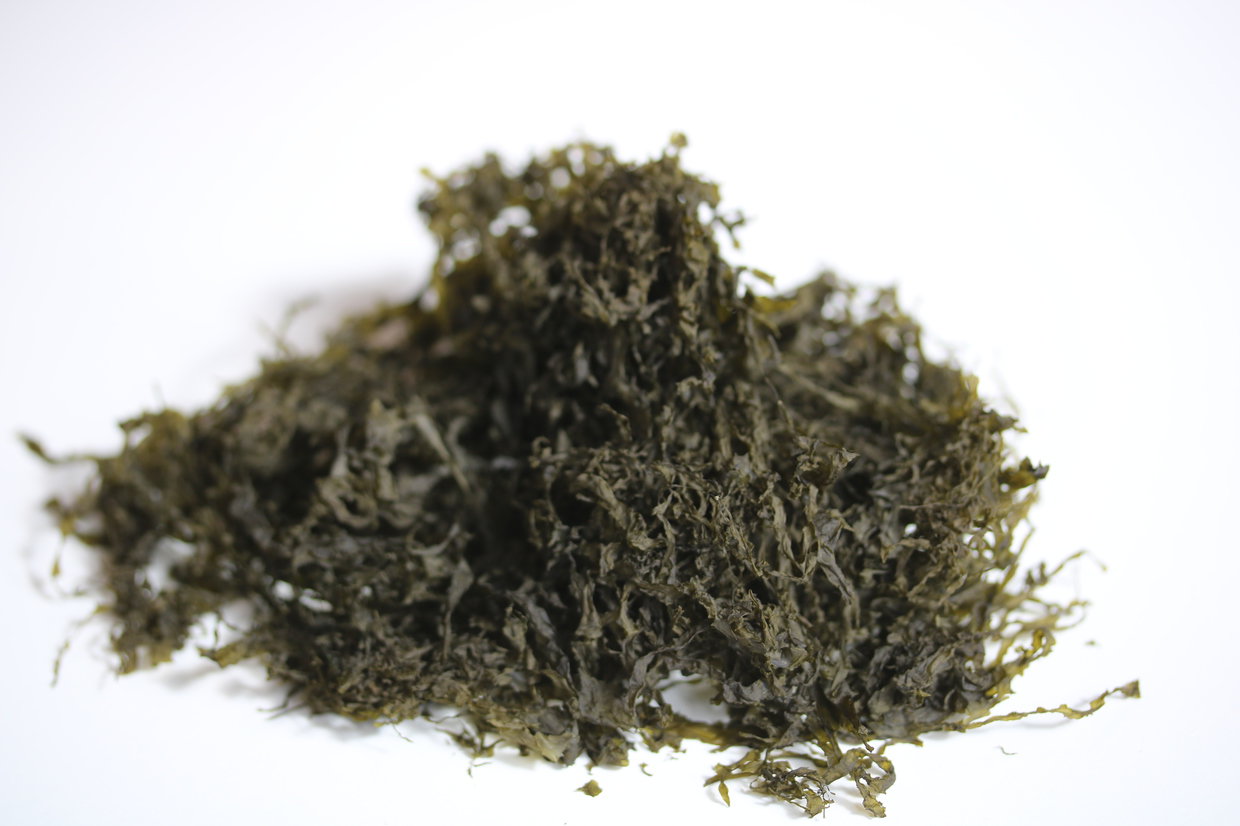
Back in the day, people from coastal villages used to collect and consume Habanori seaweed during the winter to spring high tides. It served as a substitute for Asakusanori and was primarily produced for household consumption.
The homemade versions were often uneven and had many gaps, giving them a rustic charm. However, in today's era, this simplicity is appreciated for its natural appeal.
With limited production and mainly local consumption, Habanori has become a premium ingredient, with a single sheet costing from a few hundred yen to over a thousand yen. Its distribution is also limited outside of the harvesting season.
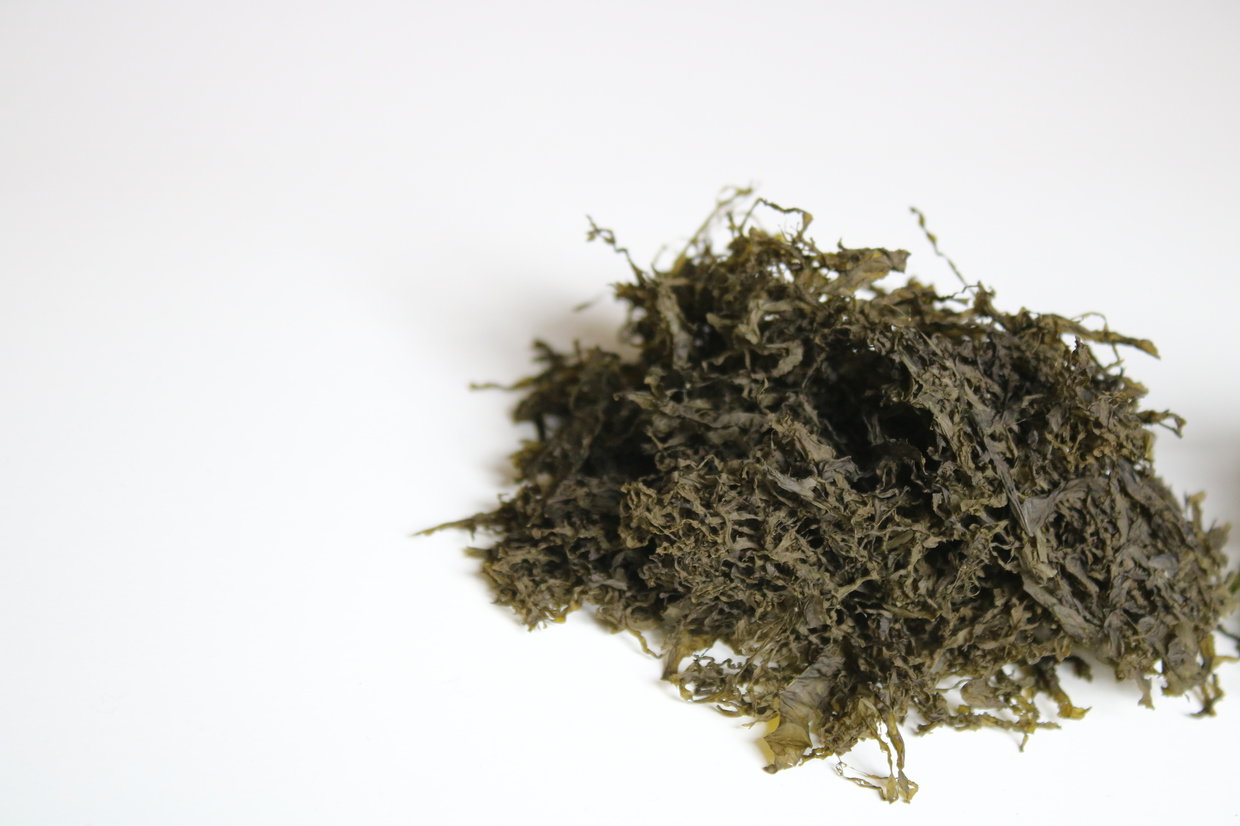
In the western part of Kanagawa Prefecture, particularly in towns like Yugawara and Manazuru, Habanori seaweed is sold around February, at various local shops and event venues.
Sure, it's a bit on the pricey side, but given its rarity, it's understandable.
People usually grill it nicely over fire until it turns green, then they crumble it over rice and drizzle some soy sauce and bonito flakes on top. It's also used as an ingredient in miso soup and other dishes.
Even in Owase City, Mie Prefecture, the classic way to enjoy Habanori is by crushing it over steamed rice and adding a dash of soy sauce.

Dried Habanori is usually eaten after being toasted.
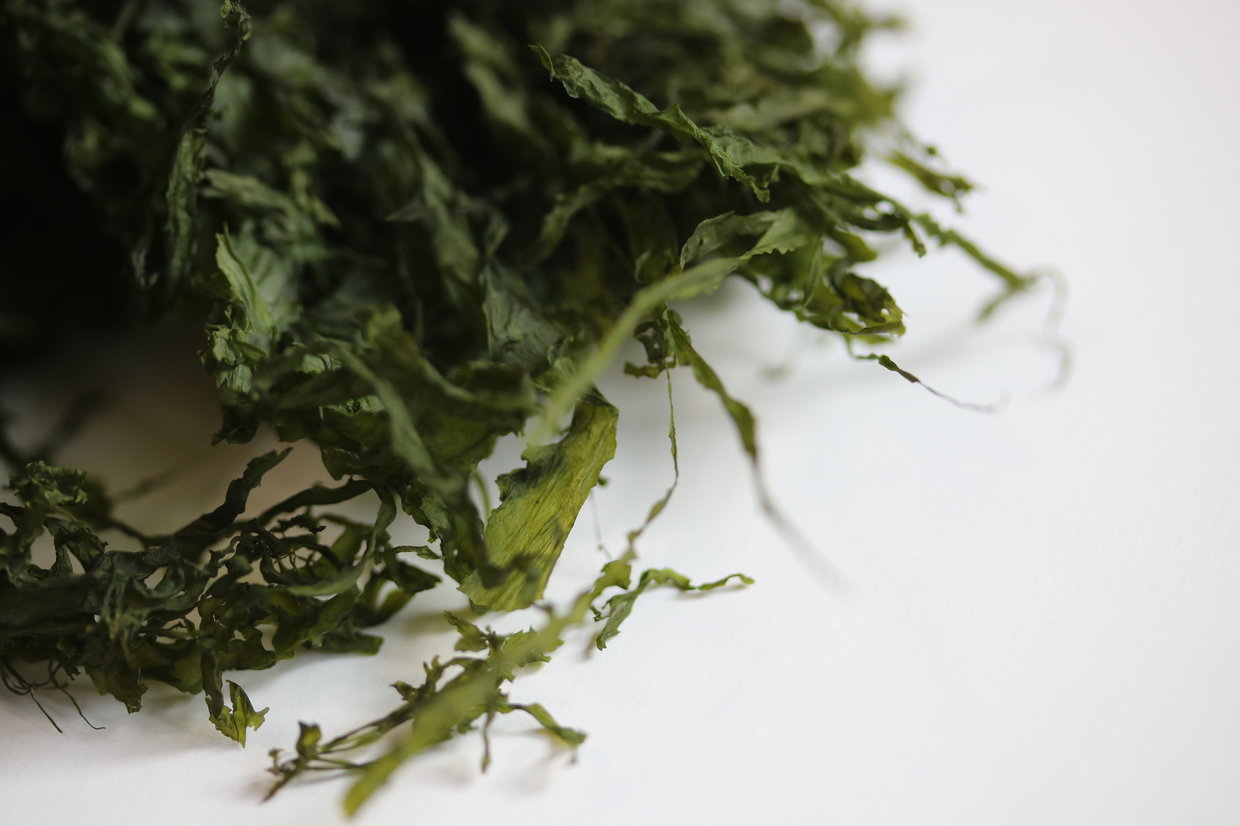
[Baked Habanori]

*A quick tip: toast it in a toaster at 200 degrees for about 20 seconds until it turns a vibrant green color. It's also okay to lightly stir-fry it in a pan.

Once toasted, you can easily crumble the Habanori into fine pieces with your fingertips.

[Comparison photo of Dried Habanori and Baked Habanori]

The left is dry Habanori
The right is Baked
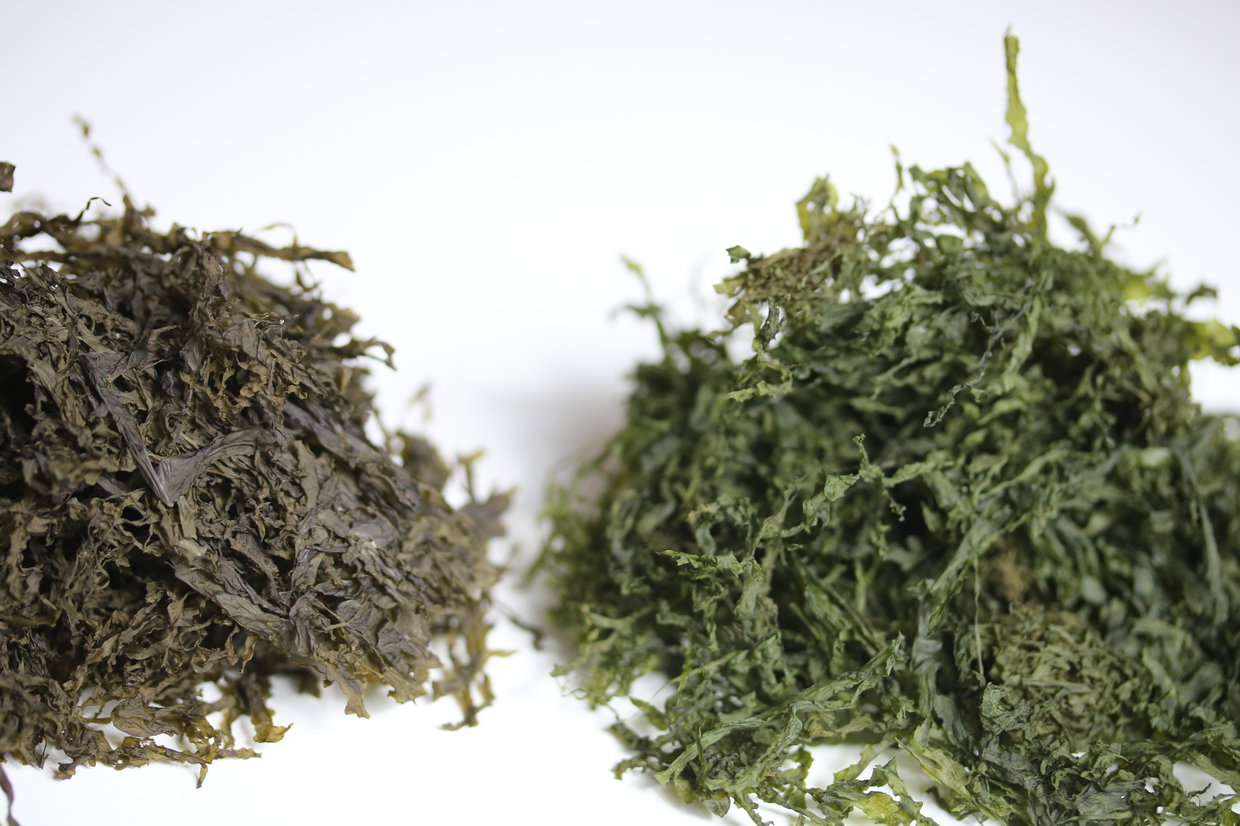
You'll notice a difference in color, aroma, and texture.
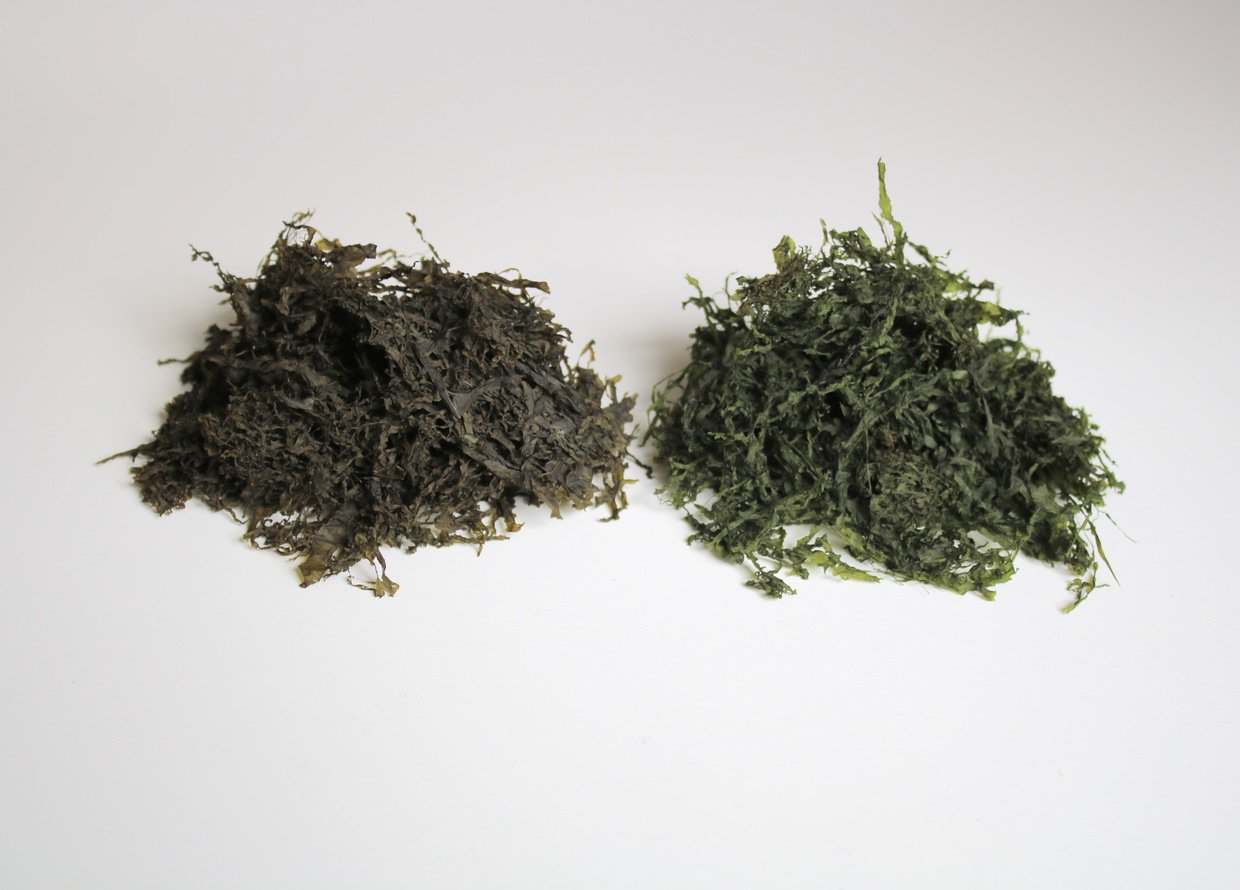

Here's another one that's closely related: the Seiyō Habanori (Petalonia fascia) from the Fukuronori genus in the Kaya Nori family of the Haba Modoki order.
>>> Next time, we're going to delve into how to make the most of Habanori's unique flavor. Stay tuned as Okada shares his recommended ways to use it!
「Sushi Chef Okada's "Habanori" Complete Guide! Vol.3 ~ Discover More Ways to Love It! ~」
Daisuke Okada
Born in 1979 / Sushi artisan and Sushi chef.
At the age of 18, he embarked on a journey into the world of food, dedicating himself to mastering the art of sushi. By the age of 24, he had gained enough experience and expertise to venture into independent sushi craftsmanship.
In 2008, he founded "Sumeshiya," a sushi restaurant located in Chuo Ward, Tokyo, operating on a reservation-only basis, catering to one group per day. His establishment quickly became a topic of discussion among food enthusiasts.
Subsequently, in 2016, he relocated his restaurant from Asakusabashi to Edogawabashi in Bunkyo Ward. Over the years, Okada has continuously expanded the possibilities of being a sushi artisan, participating in various projects such as serving as a model for a sushi manga titled "L’Art du Sushi" in France and curating exhibitions related to tableware and culinary arts at the New National Museum of Art.
Furthermore, he has authored books such as "おすしやさんにいらっしゃい!Welcome to the Sushi Shop!" published by Iwasaki Shoten and "季節のおうち寿司 Seasonal Home Sushi" published by PHP Institute, showcasing his knowledge and passion for sushi cuisine.
